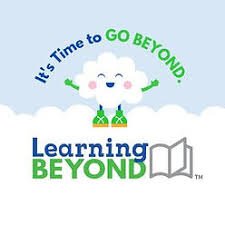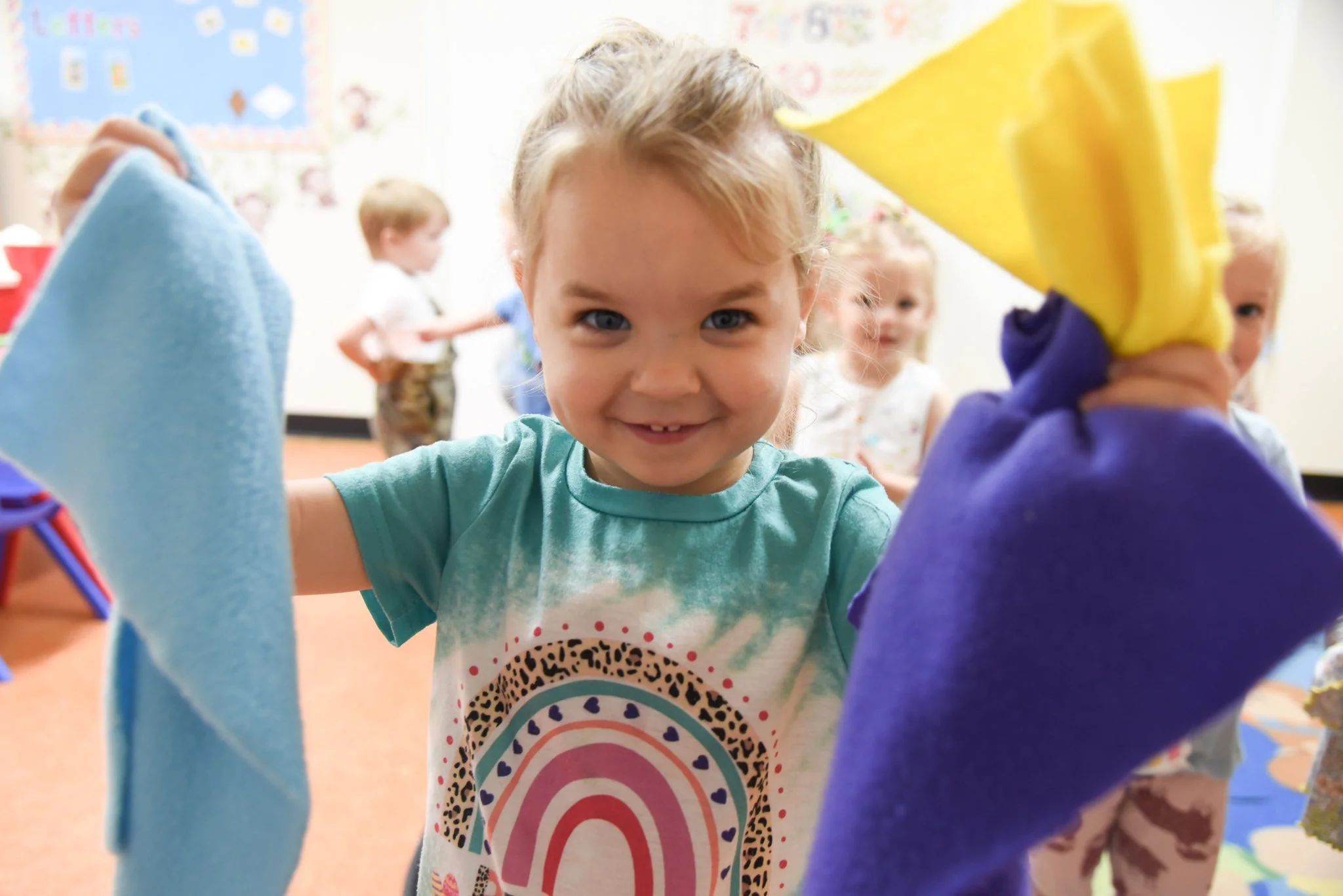About Us
-
Hold babies face to face. Speak in a soothing, affectionate, and friendly voice. Sing to babies. Swaddle babies to help them feel secure. Rock babies in a rhythmic, gentle motion. Respond quickly to infants’ cries. Provide babies with rattles and soft toys that make different sounds. Hold babies during feedings and provide comfort when distressed.
-
Provide opportunities for structured and unstructured play time and on the playground. Read picture and story books during circle time. Sing songs, play children’s music, and dance with the children. Provide paper and crayons, play dough, simple puzzles, and a variety of toys. Provide children with a choice when applicable. Encourage children to help with simple tasks. Assist in potty-training and teach hand washing habits. Count things out loud and teach children numbers. Use toys/activities that sort shapes, such as a circle, square or triangle.
-
Provide children with toys that can be filled and emptied and toys for imaginary play. Provide simple two- to six-piece puzzles and balls of all sizes. Encochildren paper and large crayons to scribble and draw. Read to children during circle time using picture and story books. Assist children during feeding times. Provide consistent firm, appropriate discipline without yelling or hitting. Sing songs with children during circle time throughout the day.
-
Provide opportunities for structured and unstructured play in classroom centers and on the playground. Encourage conversations and ask open-minded questions. Allow children to help with tasks. Sing songs or nursery rhymes and dance with the children. Read stories with children and ask them to name pictures in the stories or retell part of the story. Provide children with art supplies and assist them in drawing shapes. Teach the children colors. Display children’s artwork in the classroom. Practice counting and teach children numbers. Assist the children with puzzles.
-
Provide structured and unstructured play time in classroom centers and on the playground. Offer compliments for good behavior and achievements. Encourage conversations, ask open-ended questions, and help children express feelings/emotions. Read stories with children and ask them to name pictures in the stories or retell part of the story. Sing songs or nursery rhymes and dance with the children. Let children help with various daily tasks. Give children the opportunity to make choices, when appropriate. Teach the alphabet and assist children in writing letters. Reinforce colors and shapes. Provide children with art supplies and display artwork in the classroom. Provide a variety of age appropriate toys/activities.
The teachers at First Baptist Daycare & Learning Center foster an emotionally secure environment and support development. Below are some of the ways we encourage learning for each age group.
Policies & Enrollment
We currently have a waitlist for most age groups. If you would like to be considered for enrollment, please complete the online Waitlist Submission, and the Director will contact you if we have an opening for your child.
Thank you!
FBDLC currently uses Learning Beyond Paper as the primary academic curriculum in all classrooms. Learning Beyond's lesson plans and daily activities are crafted to meet the developmental needs of each and every child, and every activity is linked to early childhood standards for each age group. We encourage parents to learn more about this curriculum at www.learningbeyondpaper.com.
In addition to Learning Beyond Paper, teachers read and teach Bible lessons in the classroom using TrueWay Kids. TrueWay has a vast supply of lessons, games, and activities, and teachers use these materials at their own pace throughout the school year. Parents can learn more about our Biblical curriculum at truewaykids.com.
Curriculum
2025 School-Age Summer Program
Registration is now open for our School-Age Summer Program! We are excited to host school-age children ranging from Kindergarten to 5th Grade during the summer months.
More information about the program can be found in the School-Age Packet below. To be considered for enrollment, please complete the online School-Age Summer Enrollment form, and the Director will contact you if there is an opening for your child.
Thanks!
Newsletters
Check out some of our monthly newsletters to learn more about our center!



























